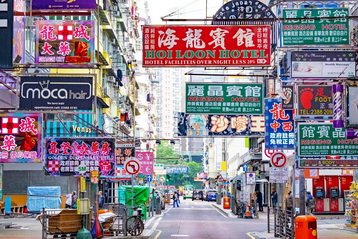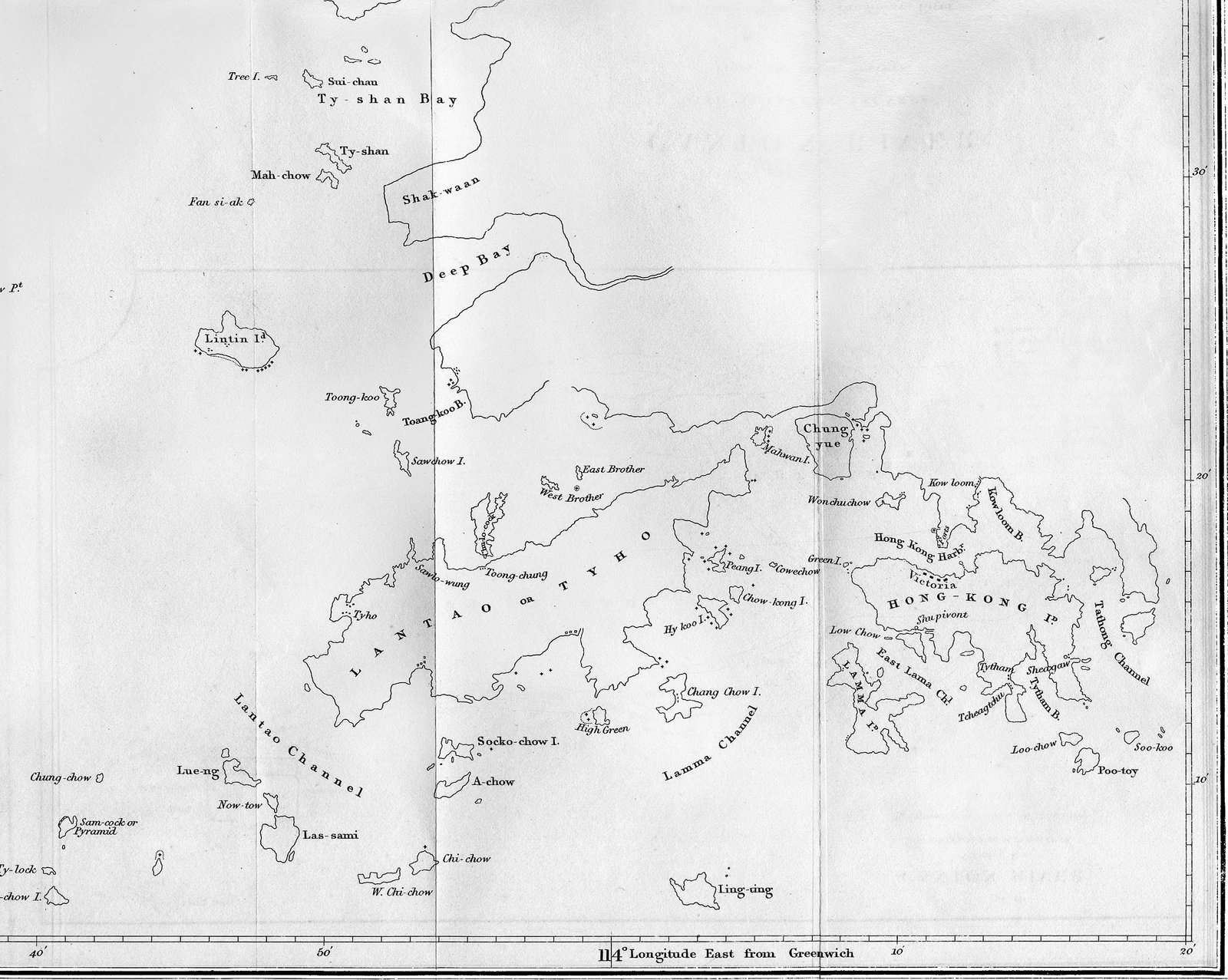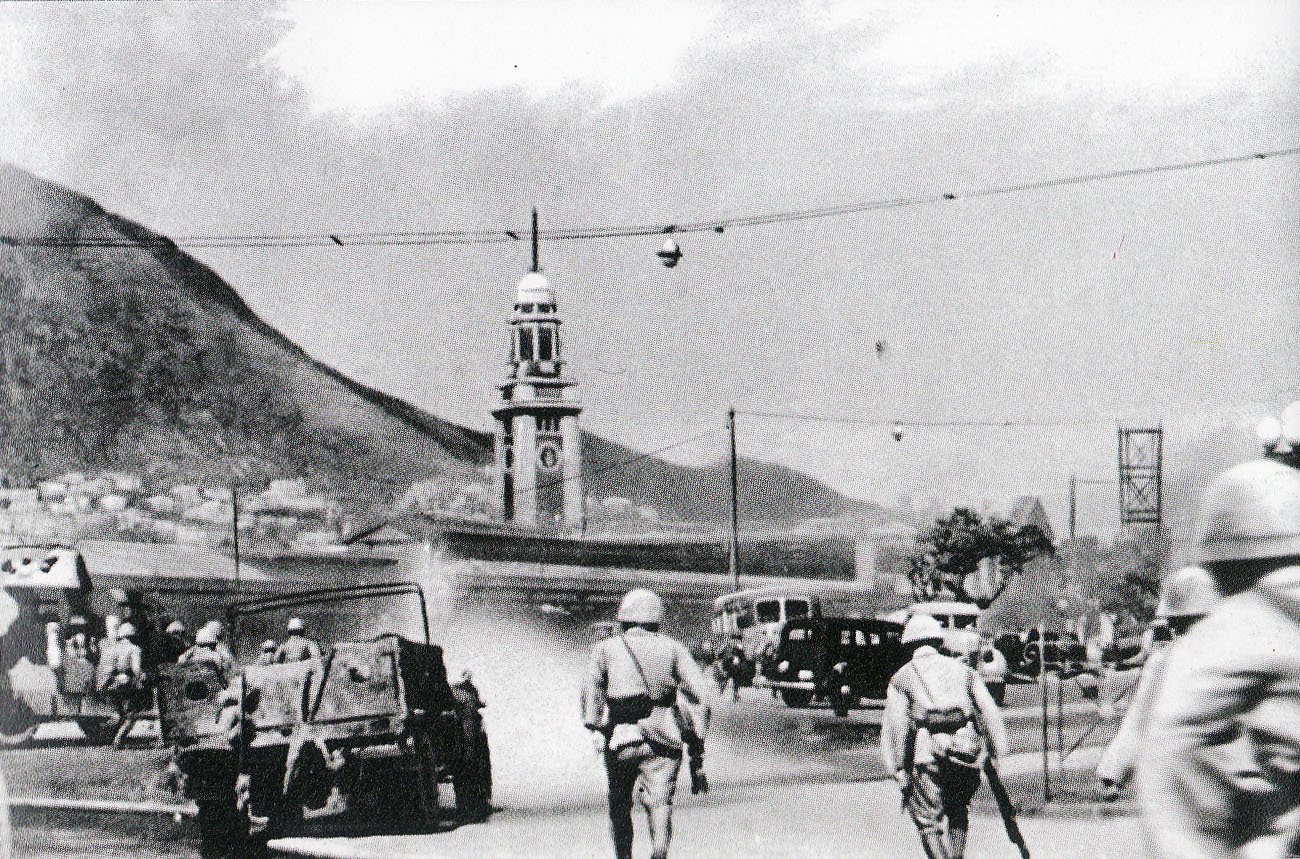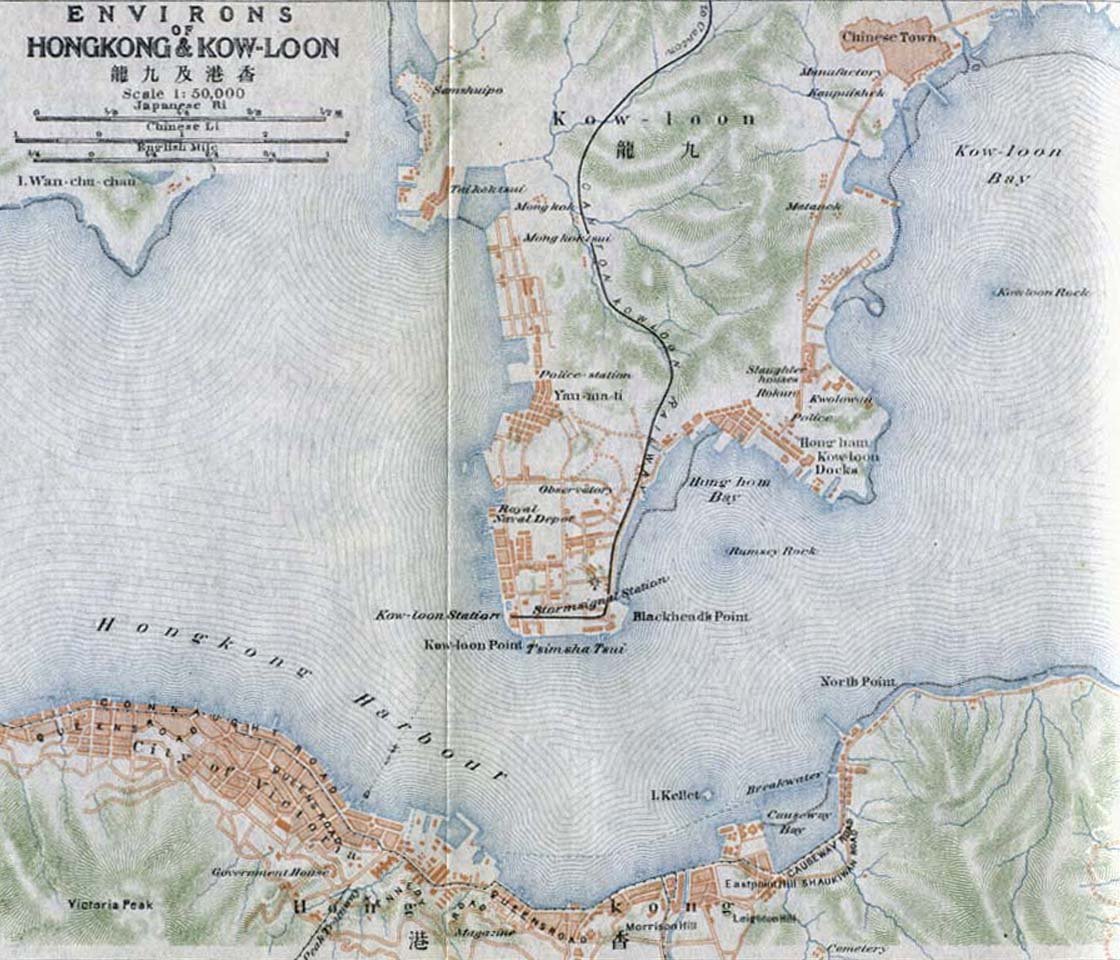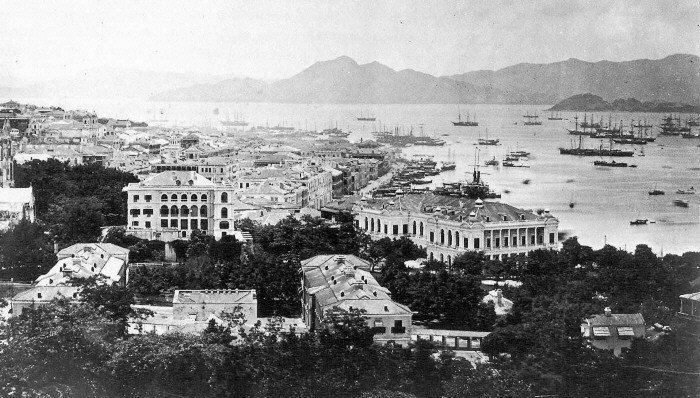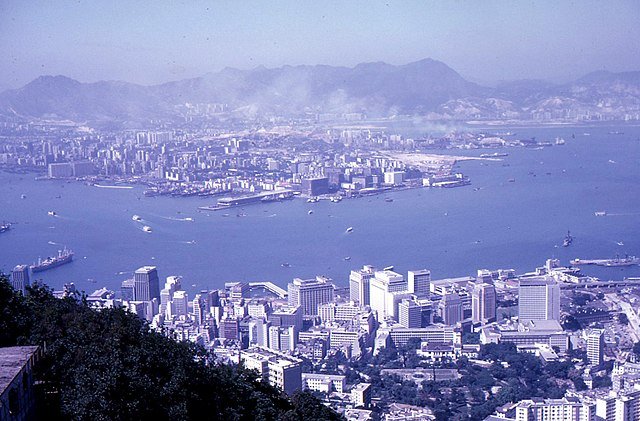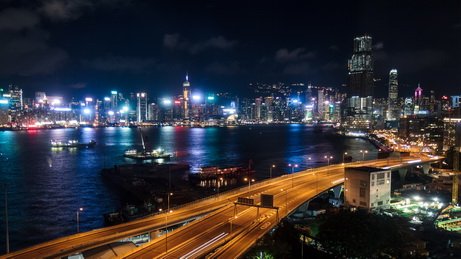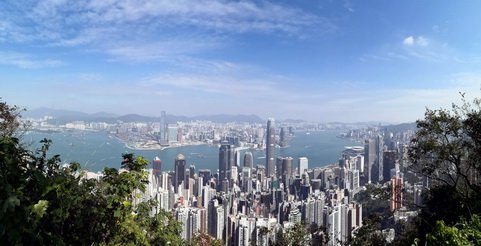H
ong Kong’s history is one of the most fascinating and complex stories of any city in the world. It dates back centuries, shaped by a confluence of factors that includes its strategic location on the southern coast of China, its deep natural harbor and its proximity to the Pearl River Delta.
Hong Kong has been an important center of trade and commerce for centuries, with a focus on goods such as tea, silk, opium, and textiles, among others. Who would have thought that for hundreds of years it was just a fishing village, or rather a region full of those.
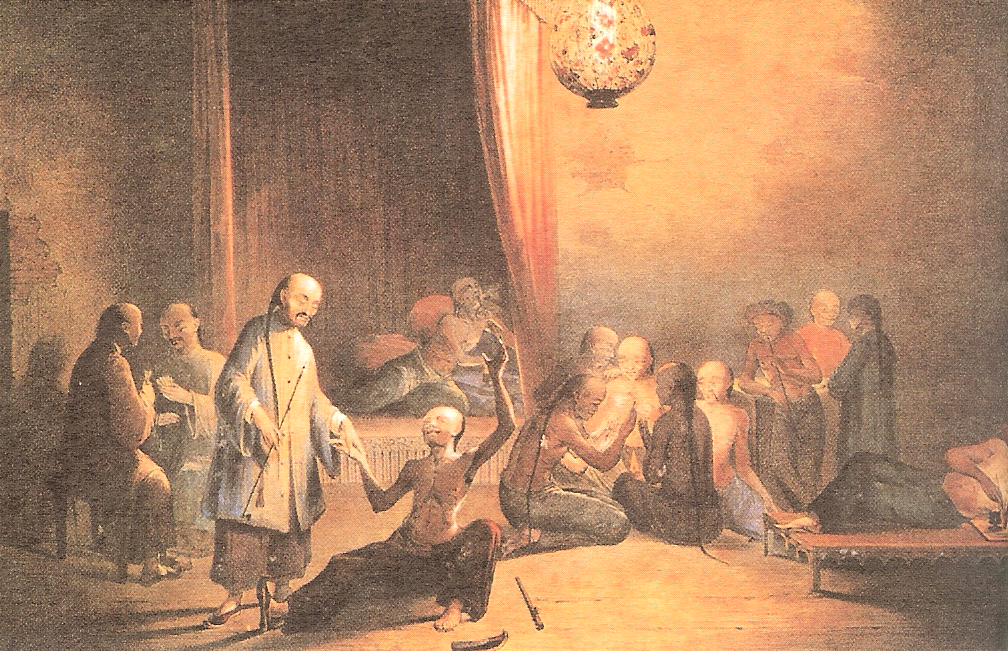
But it was in the early 19th century that Hong Kong began its transformation into the thriving, modern city it is today.
Following the Opium Wars, the British took control of Hong Kong, leading to a period of rapid growth and development. The wars were fought over trade imbalances and the British desire to sell opium to Chinese citizens. In 1841, the British occupied Hong Kong island and in 1860, they expanded their control to include the Kowloon Peninsula. The British rule was to last 150 years.
During that time, Hong Kong became one of the most important ports in the world and a major center of trade and commerce. This attracted immigrants from all over the world, making it a melting pot of cultures and traditions.
Despite the challenges of World War I and the Great Depression, Hong Kong continued to thrive in the early 20th century. During World War II, it was occupied by the Japanese and suffered greatly in the process. However, after the war, the British returned and Hong Kong entered another period of rapid growth and development.
Hong Kong experienced a wave of immigration from mainland China, particularly during the 1950s and 1960s (the map shows the view of Hong Kong and Kowloon from the 1915s). Many of these immigrants were refugees fleeing political persecution and economic hardship, and they brought with them a diversity of cultures, languages, and traditions.
This influx of immigrants had a profound impact on Hong Kong’s society and culture, shaping its identity as a global city that is open to the world. It also contributed to the city’s economic growth and development, as many of these immigrants brought with them skills and expertise in various industries, including manufacturing, construction, and finance.
Today, immigrants continue to play an important role in Hong Kong’s society and economy. The city remains a popular destination for people from all over the world, and its population is one of the most diverse in Asia. As a result, Hong Kong continues to be a dynamic and vibrant city that remains open to new ideas and cultures.
As a result of economic reforms in China, many manufacturers relocated to the mainland Hong Kong, leading to the development of city’s commercial and financial industry.
In 1997, Hong Kong was returned to China under a “one country, two systems” policy that allowed it to maintain a high degree of autonomy and continue to operate as a global financial center. This marked a major turning point in Hong Kong’s history, as it began to embrace its Chinese heritage while still maintaining its unique identity.
Since then, Hong Kong has experienced political tensions and protests, due to the steadily growing “mainland” Chinese influence. The “Umbrella Movement” in 2014 and the ongoing protests against the extradition bill in 2019 are two examples of this. Despite these challenges, Hong Kong remains an important and vibrant city with a rich cultural heritage and a bright future.
Today, Hong Kong is a bustling metropolis with a population of over 7 million people, offering a fascinating blend of Chinese and Western influences in its architecture, cuisine, and way of life. Its stunning skyline, world-class cuisine, and vibrant street culture continue to attract visitors from all over the world.
Hong Kong’s unique identity and culture is deeply rooted in its history and traditions. The city’s blend of Chinese and Western influences is evident in its architecture, cuisine, and way of life. From the traditional fishing villages of the New Territories to the modern skyscrapers of Central, Hong Kong offers a fascinating glimpse into the past, present, and future of this dynamic city.
As a global financial center, Hong Kong is one of the most important economic hubs in the world. Its thriving economy and highly skilled workforce have made it a major player in industries such as finance, logistics, and transportation. Its strategic location in Asia and its role as a gateway to China make it an important center for international trade and investment.
Despite its many attractions, Hong Kong is not without its challenges. In recent years, the city has faced political tensions and protests, particularly over issues related to democracy and freedom of speech. These challenges have led to some uncertainty about the city’s future, but many remain optimistic about Hong Kong’s ability to overcome these obstacles and continue to thrive in the years ahead.
Overall, Hong Kong’s rich history and unique culture make it one of the most fascinating and exciting cities in the world. Whether you are interested in its economic importance, its cultural heritage, or its vibrant arts and entertainment scene, there is something for everyone in this dynamic and ever-evolving city.
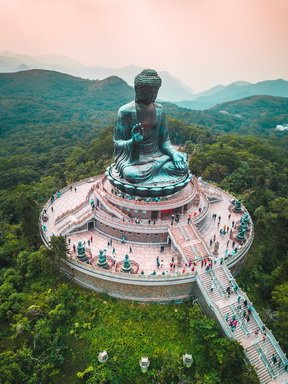
Enjoy sightseeing!

Want to know more?
